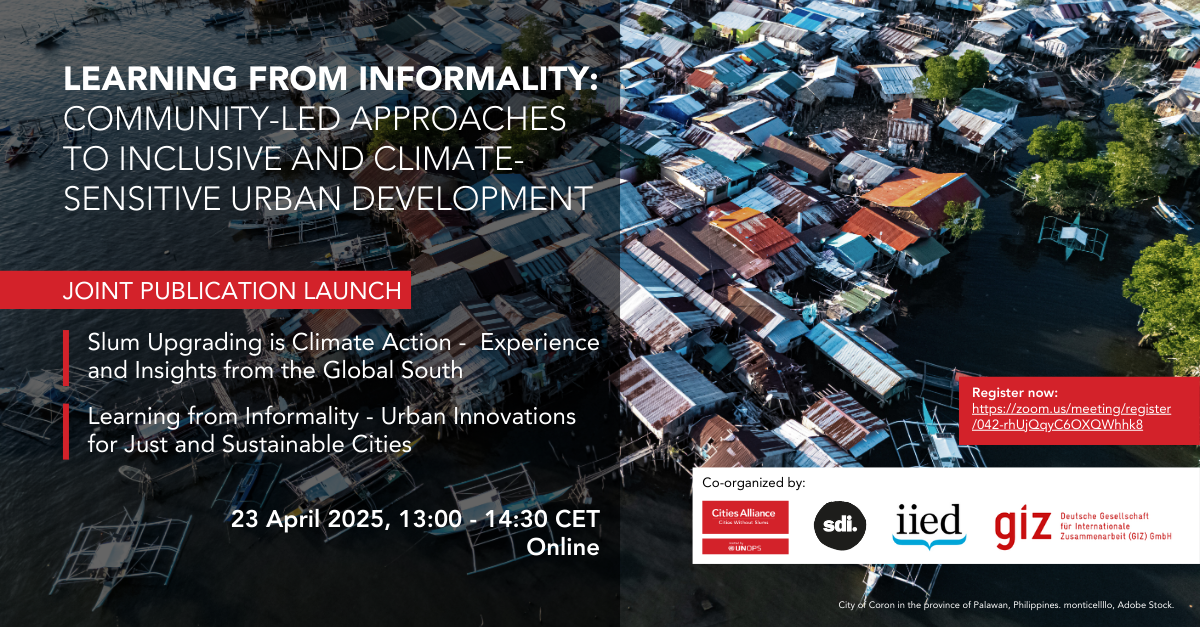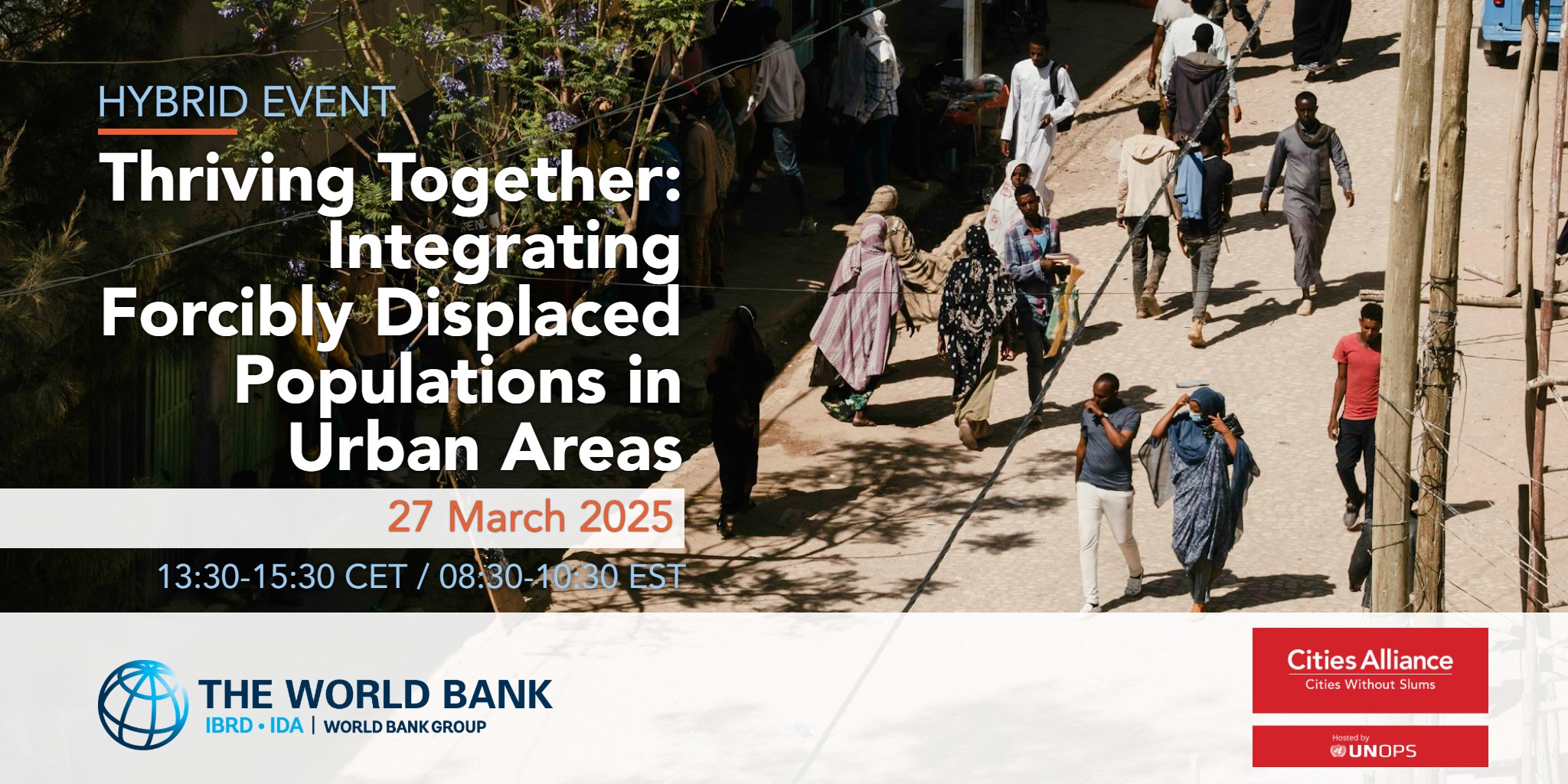- Who We Are
- How We Work
- Regional / Country Initiatives
- Legacy
- Core Themes
- Working Groups
- Portfolio & Results
- Newsroom
- Resources
Affordable Rental Housing for Migrant Workforce in Post Covid-19 Era

CITYNET India National Chapter in collaboration with CITYNET Secretariat, Seoul
The Covid19 global pandemic has crippled the lives and livelihoods of millions of people across the globe due to lockdowns and stoppage of economic activities. One of the significant crisis unfolded particularly in India is the large scale reverse migration of urban informal and daily wage earners including workers in construction and manufacturing sector, domestic/commercial establishments, health sector, garment factory workers, rickshaw pullers, etc. to their rural hinterlands, due to loss of jobs, livelihood support and affordable & safe shelter. Migrants to urban areas form the single largest population segment that needs housing in the cities in India. Therefore, the mass exodus of migrant workers from urban centres further exacerbated the economic situation in the country, as various economic activities could not be started in the post lockdown period due to lack of labour force.
As per Census 2011, in India about 450 million migrated to the different parts of the country for income and employment opportunities. Despite such large-scale migration, the formal housing options available since 1970s in India mainly focus on ownership housing. The public rental housing is almost non-existent in India and the rental housing experiments in 1950s and 60s have not succeeded to a great extent. Although the central and state governments subsidised rental housing for their employees, there was no provision of public social rental housing since the experiments in 1950s in India. On the global stage also, in many other developing as well as developed countries the focus shifted from rental housing to ownership housing in the 1980s-90s for all income groups, after the government decision to withdraw from this sector due to requirement of finance and heavy subsidy.
Now, rental housing is again receiving increasing policy attention around the globe to accommodate the increasing demand for such housing options. In both the developing and developed world, rental housing is being included in housing policy frameworks that previously focussed exclusively on ownership. While the reasons for this are many and varied, they can be together summarised in a global phenomenon in which ownership is becoming increasingly unaffordable or unattainable.
While the public housing programmes in India have predominantly neglected rental housing, about 28-35 % of urban residents live in rental accommodation as of 2011, albeit informally in 70% of the cases and mostly migrants. In case of vulnerable segments of the society such as migrant workers, affordable public rental housing is, therefore, the most preferred options, as they may not be interested in ownership housing, nor it is affordable for them to own a house, given the very nature of their work status and socio-economic background having roots in their native places. From a tenant standpoint, a rental house offers low entry and exit costs, greater flexibility that facilitates labour mobility, better options in providing more conveniently located place of dwelling and better value for money that makes it a preferred option over home ownership.
The need for promoting affordable the rental housing market in the formal sector in India was recognized in the National Urban Housing and Habitat Policy (NUHHP) 2007 and subsequently by a Task Force Report on Rental Housing in 2013 commissioned by the Ministry of Housing and Urban Poverty Alleviation, Govt. of India. Recently, the Ministry of Housing and Urban Affairs (MoHUA) has drafted a National Urban Rental Housing Policy -2018 (NURHP) which has a vision to create a vibrant, sustainable and inclusive rental housing market in India and has three components: market driven rental housing, need based rental housing and social rental housing for urban poor and other socio-economic groups. Further, the MoHUA has also drafted a ‘Model Tenancy Act’ (MTA) to efficiently and transparently regulate the renting of premises and balance the interests of owner and tenants.
Against this background and to bring back the migrants to urban centres post Covid19, the Government of India has launched a new scheme of ‘Affordable Rental Housing Complexes (ARHCs) for urban migrants/ poor’ as a sub-scheme under the Prime Minister’s Housing Programme- Housing for All (Urban) Mission (PMAY-Urban). This is a significant step towards providing affordable and safe social rental housing to the migrants and other vulnerable sections of the society. However, this rental housing option need to be supported by necessary policy support as well as legal and regulatory framework for its proper and efficient implementation.
In this context, the proposed webinar aims to discuss the present state of rental housing in India, the global discourse on the rental housing models for migrants /urban poor; the potential and viability of the newly launched Affordable Rental Housing Complexes (ARHCs) Scheme in India, the framework that would be required to sustain the ARHC Scheme in the long run; and come out with the best possible affordable rental housing models for different socio-economic classes, especially for Migrant Workers/Urban Poor, through knowledge sharing and international experiences/best practices.
Indicative questions for discussion
The CITYNET webinar would discuss in detail the evolution of rental housing programmes in India, the newly launched ARHC Scheme, the international best practices in rental housing and lessons for India for promoting rental housing as a tool towards materializing the national goal of ‘Housing for All’. The indicative questions for discussion are given below:
- How has the rental policy paradigm evolved in India, especially in the context of migrants?
- What are some of the best practices in affordable rental housing that India can learn and adopt from other countries’ experiences?
- How will the occupants of Affordable Rental Housing Complex (ARHC) be facilitated to livelihood support and transition to ownership housing?
- Apart from ARHC, what are the other types of financially viable rental housing models for the migrants/urban poor?
- What should be the approach to city-level planning which is inclusive of rental housing – positioning rental housing among various housing solutions to meet the demand of growing city population?
- How the private sector be incentivized to take up affordable public rental housing projects?
- What are the emerging roles of Housing Finance Companies in facilitating Greenfield investments in rental housing projects?
- What are the next policy interventions required to fine-tune and strengthen the affordable rental housing for migrants in light of COVID-19?
Join Live:




